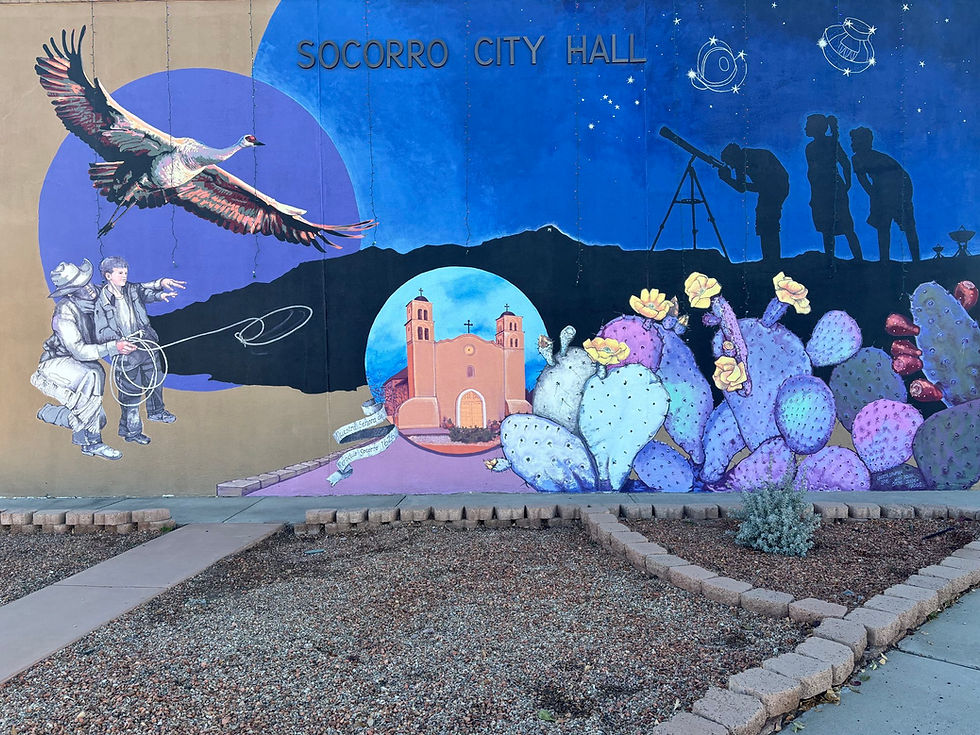Drinking in the desert: opuntia dreaming
- kaydee777
- Aug 24, 2023
- 3 min read

Though it's hard to tell the exact moment, the beautiful ruby coloured tuna (prickly pear fruit) on the outback opuntia seemed ready to harvest today.

The fruit is a tad mushy as I carefully skin them using a fork and knife. The flavour does not disappoint. Just as beautiful as that gorgeous colour: these tuna are sweet and refreshing. I'm relieved as I've tasted some disappointing cactus fruit in my wanderings in this desert.

Because of the mushiness and because these fruit contain masses of somewhat irritating gritty seeds, signifying perhaps that I chose a perfect moment of maturity to harvest, I decide to mash most of my haul through a sieve.

Using the back of a spoon, I soon have a small bowl of juice.

Added to a dilute brew of rooibos, ginger and star anise tea I have the next few days' hydration now chilling in bottles the fridge.

Not all opuntia are created equal in the good to eat department. I have been researching recently, trying to source opuntia with especially tasty fruit. It seems this mystery opuntia, possibly Opuntia engelmannii, might just be one.

It was discovered as a couple of pads not doing very well deep under the cottonwood when first I explored the property. Since relocation around 2020 it has been quietly growing into a sizable spread, albeit currently slightly overgrown by pesky grass, the bane of my gardening life. This spring it bloomed and was obviously enjoyed by pollinators since it set its first noteworthy fruit.

Perhaps I don't need plant nurseries to provide me with good tasting cactus varieties. I could propagate from this unnamed prickly housemate to create a few more cactus food plants in the front where I am already cultivating several growths of the spineless one.

These are possibly Opuntia cacanapa "Ellisiana" but I don't know for sure since I acquired them around 2020, from a free box on a sidewalk when a neighbour was doing some garden maintenance.

The tuna on these are not really tasty in my experience so far, even though this year and in these images, the plants are decidly stressed from a summer of extended extreme heat and near total monsoon failure. The rocks around them are littered with dehydrated tuna which have fallen before maturity, presumably from drought.
My spineless opuntia grove is in a section of the garden where they get zero supplemental water. I harvest the pads (nopal) for salads, grilling or stir fries. Though they are a bit laborious to clean, since that "spineless" in the name does not mean no glochids, nopal make a nutritious vegetable: a perfect low maintenance, arid adapted desert food. This year, however, besides a few stir fries in spring, I'm not harvesting much for the kitchen since the plants have become increasingly stressed. I know they will recover and have been flourishing for the past few years, in spite of my periodic predations for the kitchen.
My challenge in my garden journey is to extract myself from a received and conventional paradigm of what a food and beautiful garden looks like, a paradigm informed by my heritage in another time and place. These notions can be just as choking and invasive as the stifling grass I battle. I need to continually re-educate myself. Time and time again I find I have to consciously refocus to consider what the native and/or arid adapted desert plants offer for nourishment of body, spirit and environment: the total ecosystem of this little piece of Chihuahuan desert for which I have been given custodianship at this moment in time.

Enjoying magnificent magenta prickly pear iced tea while doves provide the soundtrack, helps me pull apart the belly button fluff of cultivating a sustainable desert food forest in reality.




Comments